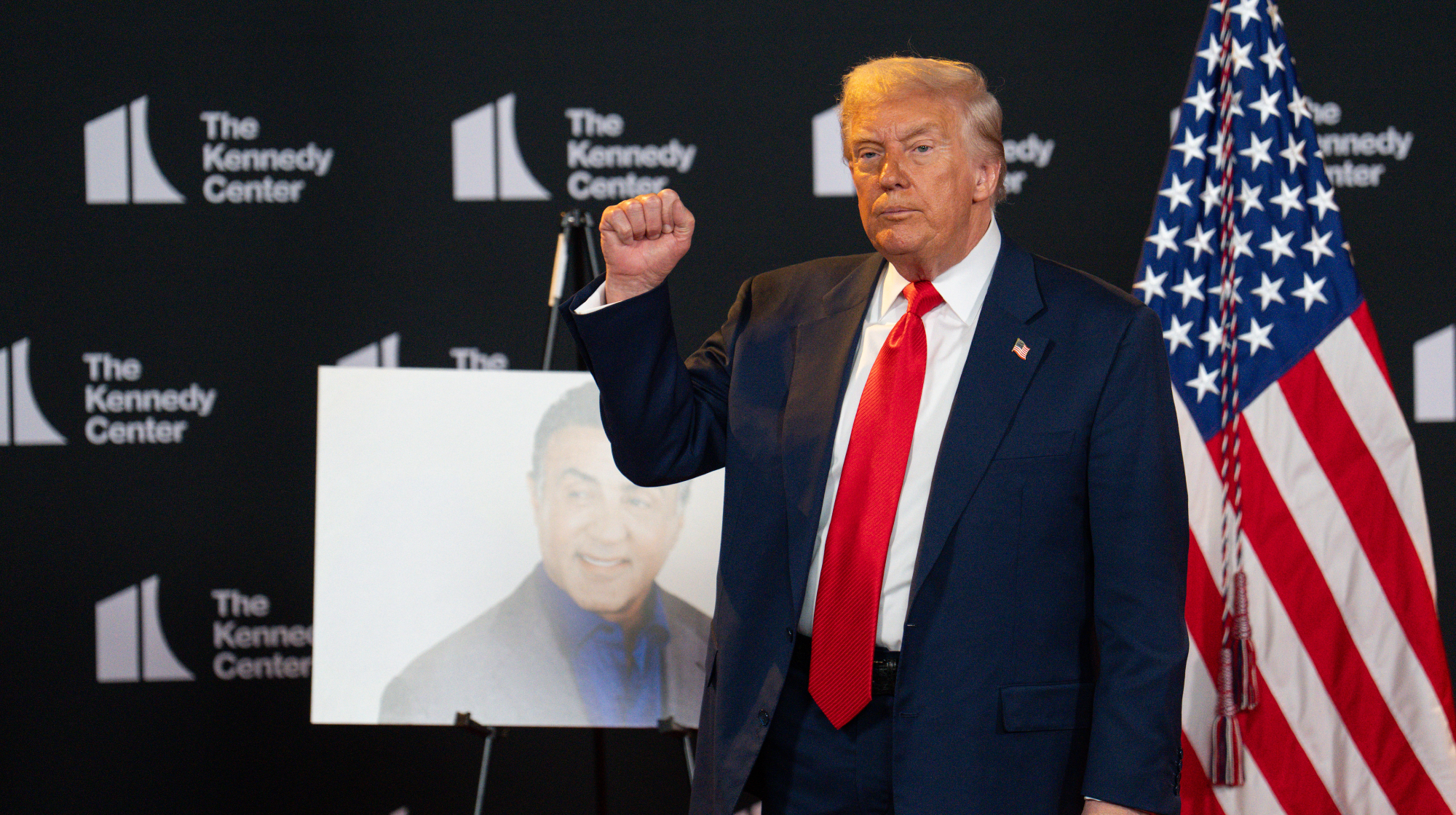What if birth rates are too low because women are no longer settling for Mr. Wrong?


Most reasonably wealthy countries have a similar, frustratingly intractable problem — their citizens aren't having enough babies — combined with a general unwillingness to grow the population through immigration from younger countries. None of the solutions for increasing the birth rate, mainly involving incentivizing couples to have more children, have worked, and it might be because policymakers aren't tackling the right question, Martha Gill suggests at Britain's Sunday Observer: Why aren't women having as many children as they say they want?
"Surveys tell us that, on average, women and men in rich countries would ideally like two children — near the coveted 'population replacement rate' of 2.1 — but birthrates are falling far short of this," Gill writes. Why? She runs through and discards several theories: lack of child care, housing, and money; career penalties for taking time to have kids.. But even the one metric that does track with falling birth rates — increased access to birth control and abortion — doesn't explain why "women with all these increased choices are having fewer children than they would like," Gill adds.
She offers an explanation, just in time for Galletine's Day: "Surveys of childless women tell us that a top reason is not career, lifestyle, or financially related: it's that they just haven't found the right partner."
The Week
Escape your echo chamber. Get the facts behind the news, plus analysis from multiple perspectives.

Sign up for The Week's Free Newsletters
From our morning news briefing to a weekly Good News Newsletter, get the best of The Week delivered directly to your inbox.
From our morning news briefing to a weekly Good News Newsletter, get the best of The Week delivered directly to your inbox.
The lack of ideal husbands isn't a new problem, but our "grandmothers and great-grandmothers who didn't find the right man would probably at some point simply have had to pair up with the wrong man — single life, or 'spinsterhood,' was just too miserable and poverty-stricken," Gill suggests. "Women spending this Valentine's Day alone should consider that in ages past they would probably have been married by now, happily or not."
Gill's "radical solution," more government support for people who chose to have and raise a child alone, has its own shortcomings. But she's right that the current policies are not moving the needle. Read her case for incentivizing single motherhood at The Observer.
A free daily email with the biggest news stories of the day – and the best features from TheWeek.com
Peter has worked as a news and culture writer and editor at The Week since the site's launch in 2008. He covers politics, world affairs, religion and cultural currents. His journalism career began as a copy editor at a financial newswire and has included editorial positions at The New York Times Magazine, Facts on File, and Oregon State University.
-
 Cryptocurrency and the future of politics
Cryptocurrency and the future of politicsIn The Spotlight From electoral campaigns to government investments, crypto is everywhere and looks like it’s here to stay
-
 Ssh! UK libraries worth travelling for
Ssh! UK libraries worth travelling forThe Week Recommends From architectural delights to a ‘literary oasis’, these are some of the best libraries around the country
-
 A fentanyl vaccine may be on the horizon
A fentanyl vaccine may be on the horizonUnder the radar Taking a serious jab at the opioid epidemic
-
 Rob Reiner, wife dead in ‘apparent homicide’
Rob Reiner, wife dead in ‘apparent homicide’speed read The Reiners, found in their Los Angeles home, ‘had injuries consistent with being stabbed’
-
 Hungary’s Krasznahorkai wins Nobel for literature
Hungary’s Krasznahorkai wins Nobel for literatureSpeed Read László Krasznahorkai is the author of acclaimed novels like ‘The Melancholy of Resistance’ and ‘Satantango’
-
 Primatologist Jane Goodall dies at 91
Primatologist Jane Goodall dies at 91Speed Read She rose to fame following her groundbreaking field research with chimpanzees
-
 Florida erases rainbow crosswalk at Pulse nightclub
Florida erases rainbow crosswalk at Pulse nightclubSpeed Read The colorful crosswalk was outside the former LGBTQ nightclub where 49 people were killed in a 2016 shooting
-
 Trump says Smithsonian too focused on slavery's ills
Trump says Smithsonian too focused on slavery's illsSpeed Read The president would prefer the museum to highlight 'success,' 'brightness' and 'the future'
-
 Trump to host Kennedy Honors for Kiss, Stallone
Trump to host Kennedy Honors for Kiss, StalloneSpeed Read Actor Sylvester Stallone and the glam-rock band Kiss were among those named as this year's inductees
-
 White House seeks to bend Smithsonian to Trump's view
White House seeks to bend Smithsonian to Trump's viewSpeed Read The Smithsonian Institution's 21 museums are under review to ensure their content aligns with the president's interpretation of American history
-
 Charlamagne Tha God irks Trump with Epstein talk
Charlamagne Tha God irks Trump with Epstein talkSpeed Read The radio host said the Jeffrey Epstein scandal could help 'traditional conservatives' take back the Republican Party
